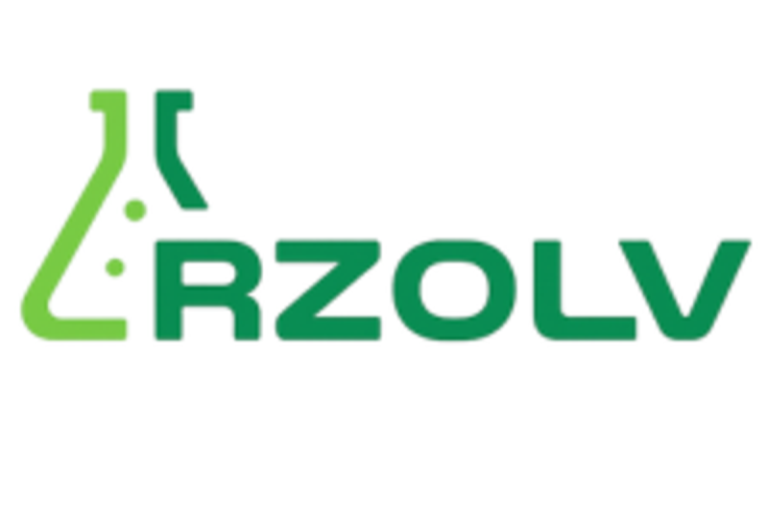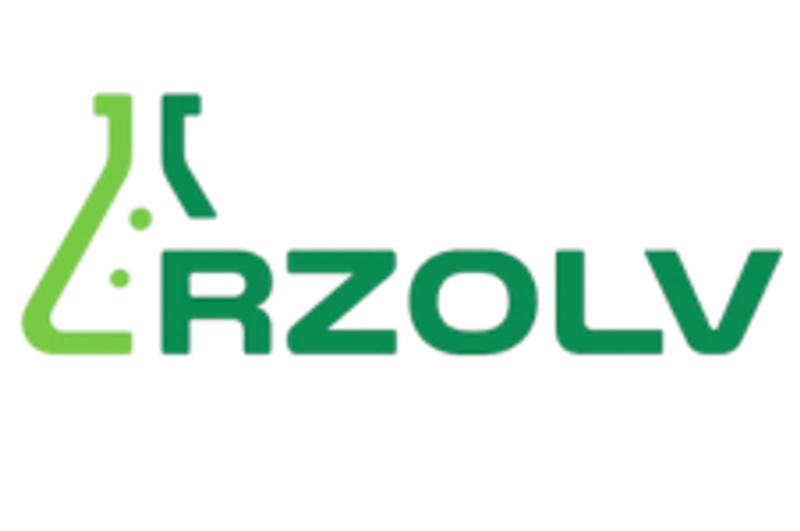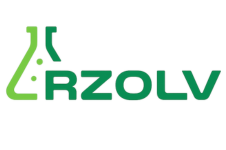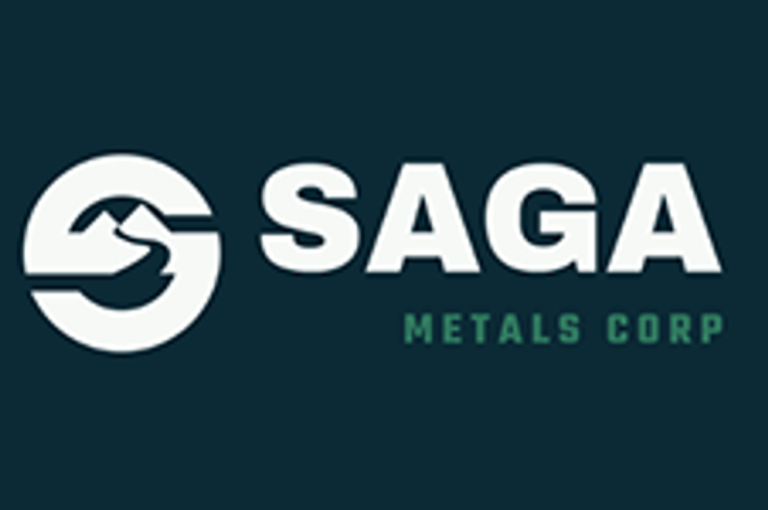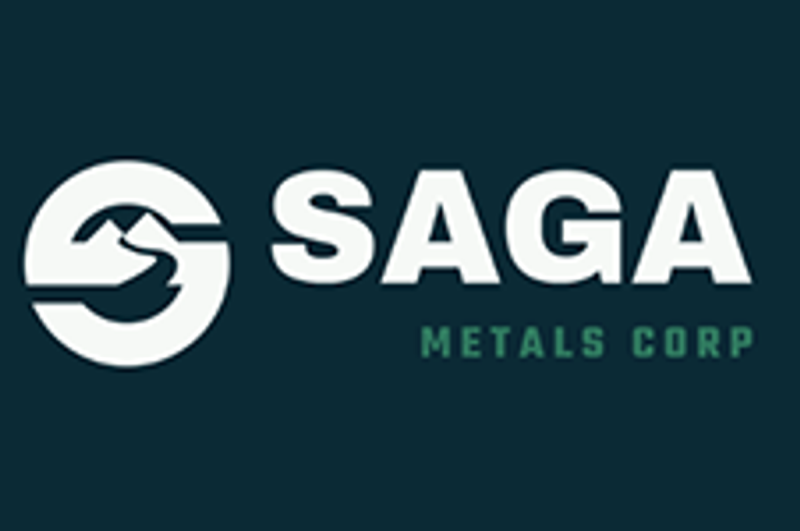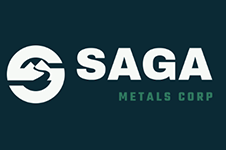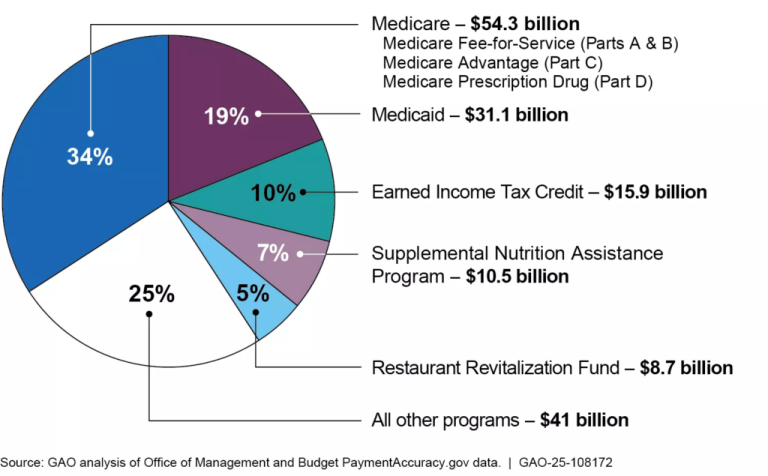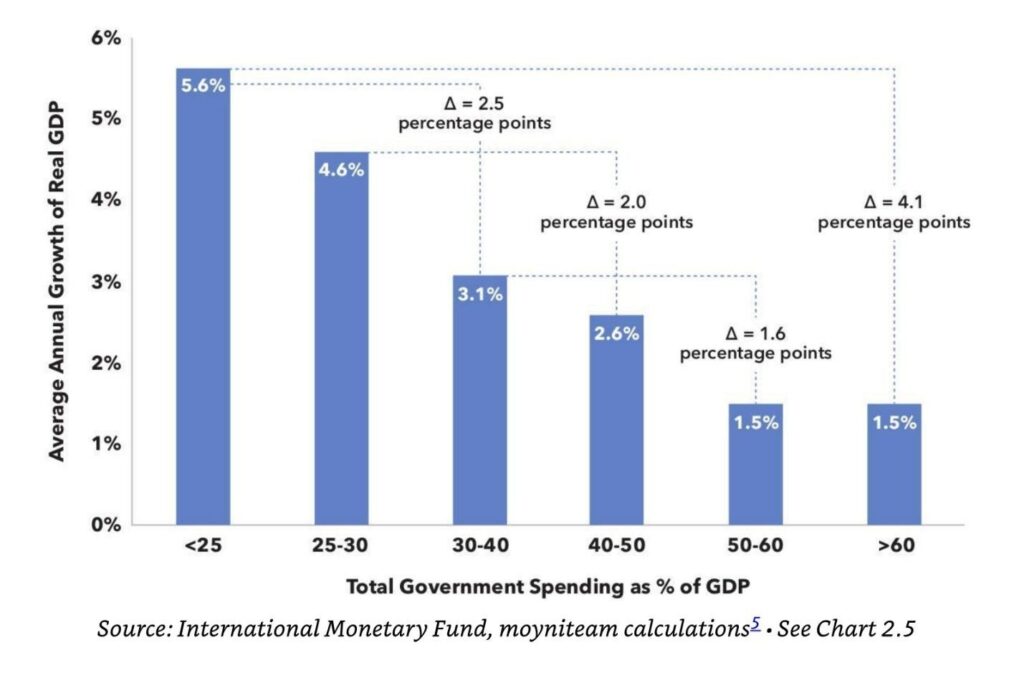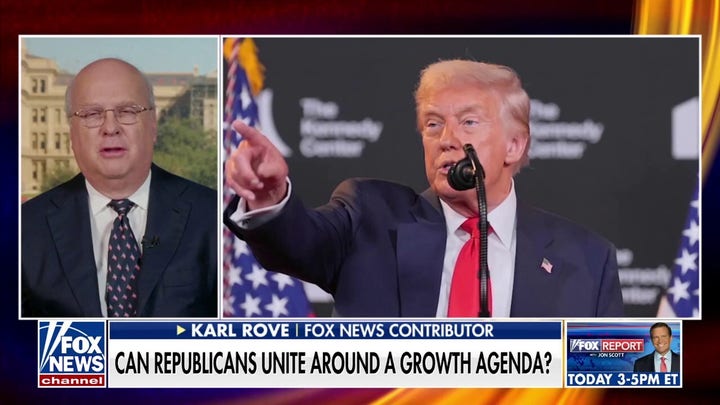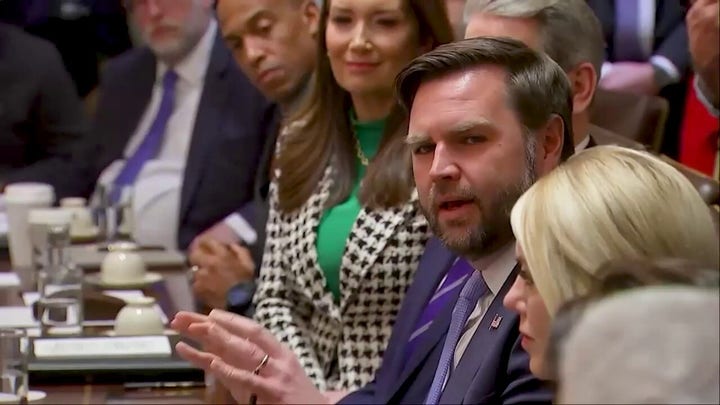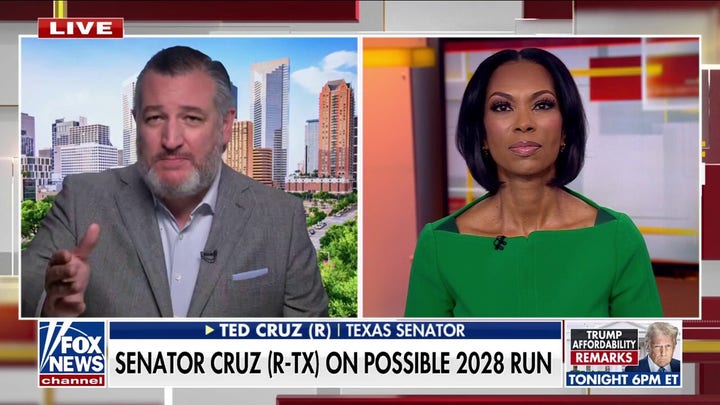

Q4 started strong for crypto and DeFi after a broadly bullish Q3, but the markets quickly slid into fear and uncertainty as hopes of macro easing faded and amid renewed artificial intelligence (AI) overvaluation fears.
Over-leveraged positions in Bitcoin and DeFi unraveled, triggering forced selling and a painful reset.
Risk-off sentiment sent Bitcoin falling from an all-time high near US$126,000 in October to a late-November trough below US$86,000. It had stabilized in the US$92,500 to US$93,000 range by early December.
Q4 marked Bitcoin’s second worst quarterly return after 2022’s post-peak capitulation.
“Yet beneath the volatility, the market showed growing maturity: capital and developer attention shifted toward utility-driven sectors. This quarter reinforced that the next phase of crypto growth is being built on fundamentals, not leverage,’ said Elkaleh, also noting a decisive shift in Q4 from short-term trading to long-term portfolio integration.
“Compared to Q3, Q4 showed a clear pivot toward tokenized assets, stablecoins and on-chain yield instruments becoming core allocations,’ he continued. In his view, the shift reflects confidence in crypto’s key role in global finance.
Keep reading to learn more about what trends drove the crypto market in 2025.
Bitcoin price in Q4
During the fourth quarter, cryptocurrencies traded in line with broader tech market and AI volatility — when high-growth AI stocks sold off, risk appetite faded across Bitcoin, DeFi and AI-themed tokens.

Bitcoin price, October 1 to December 5, 2025.
Chart via CoinGecko.
At the infrastructure level, Bitcoin miners pivoted aggressively into high-performance computing and AI workloads. Companies like Hive Digital Technologies (TSXV:HIVE,NASDAQ:HIVE) have repurposed data centers to rent GPU capacity to AI firms, using the same power infrastructure for steadier HPC revenue alongside mining.
This convergence deepened ties between crypto energy assets and the AI buildout.
Privacy coins showed relative strength amid the downturn, led by Zcash’s roughly 700 percent rally from September lows on technical upgrades and accumulation, although most still corrected with the market after peaking.
Growing crypto utility and infrastructure
Despite liquidity outflows, infrastructure quietly expanded with new tokenized assets, cross-chain tools and exchange-traded funds (ETFs). US spot Bitcoin ETFs now hold 1.36 million BTC, roughly 6.9 percent of the circulating supply, with total AUM at US$168 billion, according to data cited by analysts for Coinglass and Fasanara.
In mid‑September, the US Securities and Exchange Commission (SEC) approved generic listing standards for commodity‑based trust shares, cutting maximum approval timelines for exchanges to list qualifying spot crypto ETFs to about 75 days. That decision set the stage for a wave of new altcoin and staking ETFs in Q4.
Meanwhile, new long‑dated and continuous futures gave institutions better tools to hold or hedge exposure. Cross‑chain liquidity routers and higher‑quality oracle data also reduced fragmentation and pricing risk across chains.
“The market’s underlying strength lies in the accelerating adoption of tokenization, stablecoins and DeFi infrastructure, supported by steady institutional inflows and scalable technical progress,’ Elkaleh said.
Growing utility was evident in product adoption.
Tokenized cash and bonds helped grow the on‑chain liquidity pool, and the launch of SPXA, the first licensed S&P 500 (INDEXSP:.INX) token, quickly drew over US$500 million from institutions during Bitcoin’s Q4 crash.
Parallel‑EVM chains aimed to add scalable blockspace compatible with Ethereum tools, while regulated prediction markets like Kalshi and Polymarket emerged as a new channel for event‑driven trading and liquidity.
Finally, the decentralized perpetual sector experienced explosive and sustained growth as the fourth quarter progressed, capturing 16 percent of the global perpetual trading volume.
Leading exchange Hyperliquid became a top crypto asset by fee revenue, demonstrating a structural migration away from centralized trading and toward on-chain systems built for performance and transparency.
US regulatory clarity unlocks TradFi integration
Q4’s US government shutdown stalled a bipartisan market structure bill in Congress, delaying a split on spot trading oversight between the Commodity Futures Trading Commission (CFTC) and the SEC.
In mid-November, a Senate committee released a bipartisan discussion draft, giving the CFTC clearer authority over spot digital commodities; however, it will not be voted on until at least 2026.
Despite this speed bump, joint guidance from the SEC and CFTC makes clear that regulated exchanges and banks can list and hold certain crypto assets under the existing rules.
The SEC’s Project Crypto speeches in mid‑November also lay out a token classification and exemption framework: digital assets, including network tokens, collectibles and utility tools ,are classified as commodities, while tokenized securities, such as on-chain stocks and bonds, are to remain under normal SEC rules.
This regulatory clarity has unlocked progress in TradFi integration for the crypto market.
Q4 saw large banks begin using blockchains for payments and settlement.
JPMorgan Chase (NYSE:JPM) launched a USD deposit token on Base, with clients like Mastercard (NYSE:MA) and B2C2 successfully testing transactions for near-instant 24/7 settlement. Ant International teamed with UBS Group (NYSE:UBS) on tokenized-deposit cross-border payments.
Meanwhile, on‑chain collateral networks for traditional assets moved closer to production.
These networks deal in tokenized securities, such as tokenized bonds and credit, allowing these macro assets to be used as efficient collateral in the decentralized ecosystem.
“Institutional money is finally treating tokenization as a real use case, not a science project,” said Nicolas Mersch, portfolio manager at Purpose Investments. “Tokenized Treasuries and money-market funds are leading, with tokenized real estate and private credit close behind. The appeal is straightforward: faster settlement, better collateral mobility, and lower operational friction for banks and asset managers.”
SEC Chair Paul Atkins also floated future crypto regulation with tailored disclosures and exemptions, giving tokens a regulated path from fundraising phase to regular trading.
Regulatory clarity also led to a surge in market capitalization for stablecoins. The stablecoin market surged to an all-time high of over US$290 billion in Q4, accelerated by clearer US regulations.
“Segments such as privacy assets, decentralized AI and stablecoin ecosystems weathered the downturn more effectively because they are tied to practical use cases and diversification strategies,” explained Elkaleh. “These areas are less dependent on speculative leverage and more on real demand, creating a buffer against the volatility that disproportionately affects Bitcoin as a high-beta macro asset.”
Investor takeaway
The painful leverage reset seen in 2025’s fourth quarter has laid a much healthier foundation for the market, confirming the shift from speculation to fundamental utility. The dominant trends of institutional real-world asset integration and regulatory clarity are setting the stage for a dramatic acceleration in 2026.
Securities Disclosure: I, Meagen Seatter, hold no direct investment interest in any company mentioned in this article.


